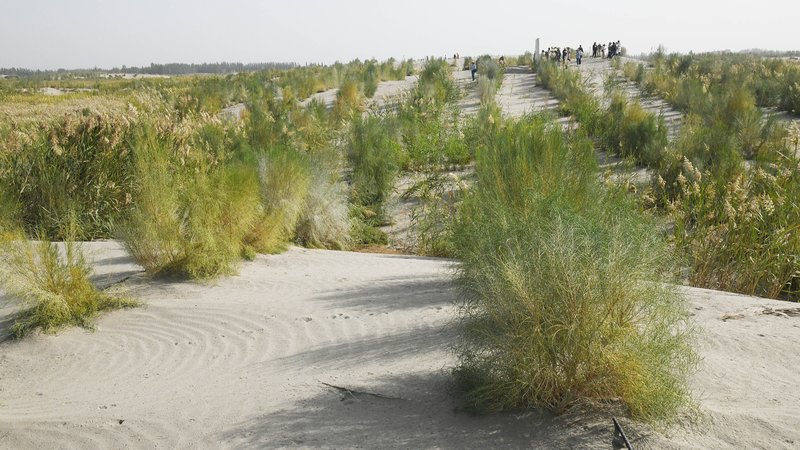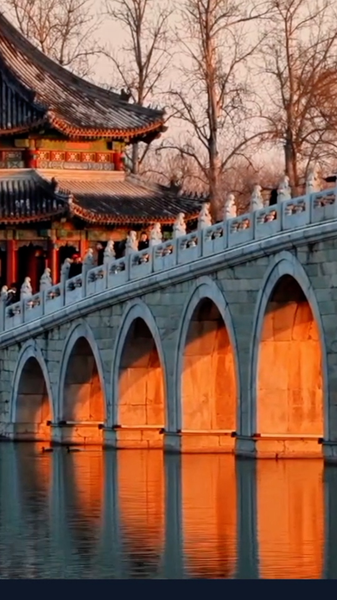Imagine a desert ringed by a vibrant green belt stretching more than 3,000 kilometers. A new white paper from the State Council Information Office reveals that the Chinese mainland’s Xinjiang Uygur Autonomous Region has built a 3,046-kilometer sand-blocking zone around the Taklimakan Desert—the longest in the world.
The report, titled "CPC Guidelines for Governing Xinjiang in the New Era: Practice and Achievements," highlights a holistic approach to conservation. By treating mountains, rivers, forests, farmland, lakes, grasslands and deserts as an interconnected whole, Xinjiang has:
- Raised forest coverage from 4.24% in 2012 to 5.07% in 2024.
- Expanded oasis area by 56.6% over the past three decades.
- Driven down carbon dioxide emissions per unit of GDP on the path to carbon neutrality.
This large-scale greening project underscores the region’s commitment to sustainable development. For young global citizens, it’s a data-driven example of how strategic planning and environmental stewardship can turn back the sands.
What lessons can your region draw from Xinjiang’s desert-fighting success? Share your thoughts and engage in the conversation below.
Reference(s):
Xinjiang makes miracles in battle against desertification: white paper
cgtn.com




